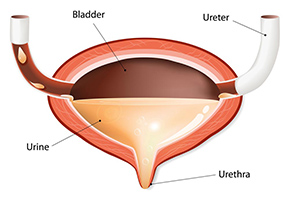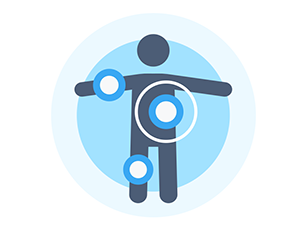Treatment for urinary incontinence depends on the type of incontinence, its severity and the underlying cause. A combination of treatments may be needed. Your doctor is likely to suggest the least invasive treatments first and move on to other options only if these techniques fail.
If other treatments aren't working, several surgical procedures can treat the problems that cause urinary incontinence:
Sling procedures. Strips of your body's tissue, synthetic material or mesh are used to create a pelvic sling around your urethra and the area of thickened muscle where the bladder connects to the urethra (bladder neck). The sling helps keep the urethra closed, especially when you cough or sneeze. This procedure is used to treat stress incontinence.
Bladder neck suspension. This procedure is designed to provide support to your urethra and bladder neck — an area of thickened muscle where the bladder connects to the urethra. It involves an abdominal incision, so it's done during general or spinal anesthesia.
Prolapse surgery. In women with mixed incontinence and pelvic organ prolapse, surgery may include a combination of a sling procedure and prolapse surgery.
Artificial urinary sphincter. In men, a small, fluid-filled ring is implanted around the bladder neck to keep the urinary sphincter shut until you're ready to urinate. To urinate, you press a valve implanted under your skin that causes the ring to deflate and allows urine from your bladder to flow. Artificial urinary sphincters are particularly helpful for men whose incontinence is associated with treatment of prostate cancer or an enlarged prostate gland.


